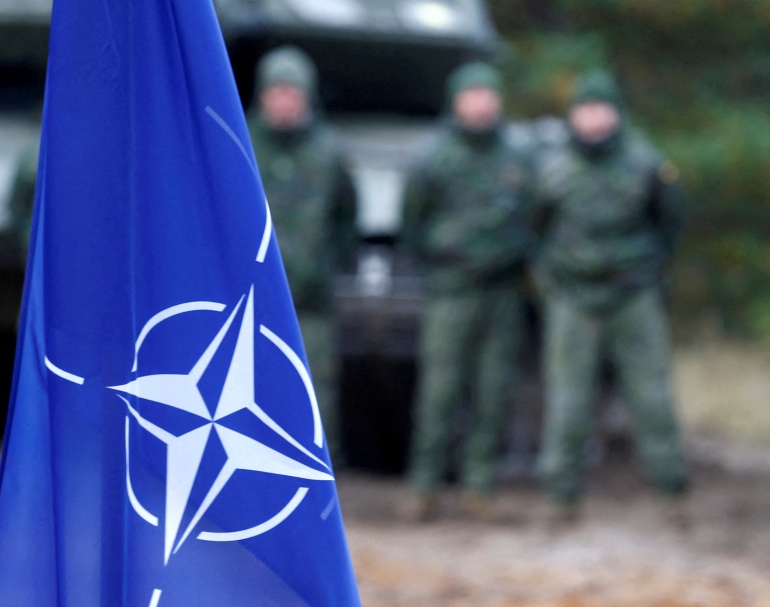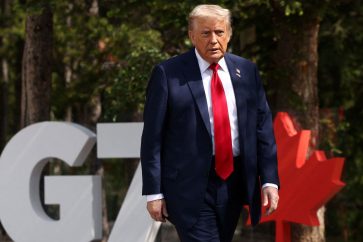During the North Atlantic Council meeting on Wednesday, allies approved NATO’s civil and military budgets for 2023, which saw a 27.8% and a 25.8% increase over 2022, respectively. As such, the civil budget is set at €370.8 million and the military budget is set at €1.96 billion.
NATO Secretary-General Jens Stoltenberg said, “I strongly welcome the agreement of NATO’s civil and military budgets for 2023. This is a concrete expression of the higher level of ambition set by Allied Heads of State and Government at our transformative Madrid Summit in June. We must continue to invest more and better together in NATO. Only North America and Europe, working together in a strong NATO, can keep our one billion people safe in a more dangerous world.”
During the Madrid Summit in June, the allies agreed to invest more together in the Alliance, reflecting the need to respond to a degraded security environment caused by the war in Ukraine.
Allies agreed regarding NATO’s new Strategic Concept that “investing in NATO is the best way to ensure the enduring bond between European and North American Allies, while contributing to global peace and stability.” They also agreed to “ensure that our political decisions are adequately resourced.”
The personnel, operational, and program expenditures of NATO’s Headquarters and its International Staff are covered by the civil budget. The operational expenses of the NATO Command Structure’s global missions and operations are covered by the military budget.
The NATO Security Investment Programme (NSIP), which includes large building and command and control system investments, is the third major shared-funded component of NATO. The NSIP’s cap for 2023 is €1 billion, an increase of 26.6% over 2022.
NATO countries are better equipped to meet common security concerns thanks to shared finance, which also serves as a symbol of the alliance’s togetherness. NATO is dedicated to delivering security in a way that is efficient, open, and cost-conscious.
Yesterday, US Permanent Representative to NATO Julianne Smith said NATO members were facing the “very real” risk of arms shortages due to the Ukraine conflict, adding that the alliance is collaborating with the military-industrial complex on filling shortages.
“That effort is focused on declining stockpiles across the NATO alliance for a country like Estonia that has given an enormous amount of security assistance to Ukraine. They’re facing some very real shortfalls, and they’re not alone. We see that across the Alliance,” Smith said in remarks at the Center for Strategic and International Studies.
The envoy added that member states are discussing the matter among themselves and with representatives of the US defense industry to counter shortages.
“They meet with industry. They’re also trying to look at things like multinational buys, pool purchases,” she said.
Source: Agencies (editted by Al-Manar English Website)




